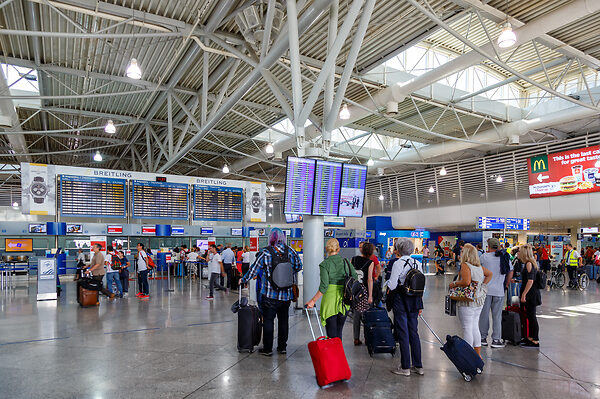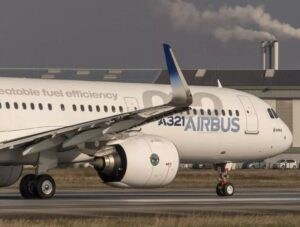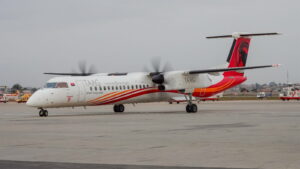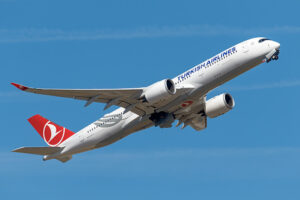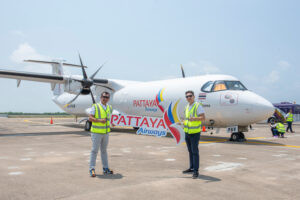The International Air Transport Association (IATA) has unveiled its 2023 annual safety report, revealing significant advancements in global aviation safety. Notably, the year marked “best-ever” results for various parameters.
In 2023, there were no hull losses or fatal accidents involving passenger jet aircraft. However, a single fatal accident occurred with a turboprop aircraft, resulting in 72 fatalities. The total number of aircraft movements, including jets and turboprops, reached 37 million in 2023, reflecting a 17% increase from the previous year.
Key highlights from the report include an all accident rate in 2023, which was 0.80 per million sectors, showcasing improvement from 1.30 in 2022 and marking the lowest rate in over a decade. This rate surpassed the five-year rolling average (2019-2023) of 1.19. The fatality risk in 2023 improved to 0.03, compared to 0.11 in 2022 and the five-year average of 0.11. This level of safety implies that, on average, a person would have to travel by air every day for 103,239 years to experience a fatal accident.
IATA member airlines and IATA operational safety audit (IOSA) registered airlines reported no fatal accidents in 2023. Despite a single fatal accident in 2023 involving a turboprop aircraft, resulting in 72 fatalities, this represents a reduction from five fatal accidents in 2022 and an improvement on the five-year average (2019-2023) of five.
Willie Walsh, IATA’s Director General, emphasised, “2023 safety performance continues to demonstrate that flying is the safest mode of transport. Aviation places its highest priority on safety, as evident in the 2023 performance. While jet operations saw no hull losses or fatalities, the single fatal turboprop accident with 72 fatalities reminds us that safety must never be taken for granted. Recent accidents in early 2024 further highlight the ongoing need for improvement, reinforcing our commitment to making flying ever safer throughout our history.”

